Free shipping in Italy for orders over €50!
CRESCINA Transdermic HB 177 Follicular Islands Hair Regrowth 1700 Man
€147.00 – €205.00
Labo Crescina Transdermic HB 177 Follicular Islands 1700 MAN
Hair Regrowth TREATMENT
20 vials treatment for one month or 40 vials treatment for two months
- Intensive rapid treatment to promote hair regrowth
- Components similar to the molecules naturally present in the hair system promote quick hair regeneration
- NEW Hair Booster Treatment Rapid-Intensive Formula -Transdermal Technology With Hair Booster 177
- Find out HERE what Follicular Islands are
- Increasing dosages 1700-1900-2100, according to the degree of thinning
- All treatments are available in specific formulas for men and women
- HOW TO USE: Follow the instructions inside the package
The Crescina HB 177 formulation acts inside the hair follicle, where the cells responsible for initiating new hair life cycles are stored, physiologically and synergistically promoting hair growth.
Contains 5 Enhancer and ATP.
The new Crescina Transdermic Follicular Islands HB 177 is a formula characterized by the Re-Growth complex, HFSC, the Follicular Islands Complex, Rapid-Intensive Follicular Islands Formula, which is associated with the new HAIR BOOSTER 177 to enhance the activity of the hair bulb. The formula also contains the two PLC12 and Bulge-Stem treatments to physiologically and synergistically promote hair growth, protect and keep the environment of the bulge intact, inside the hair follicle, where the cells responsible for starting the new hair life cycles.















Reviews
There are no reviews yet.